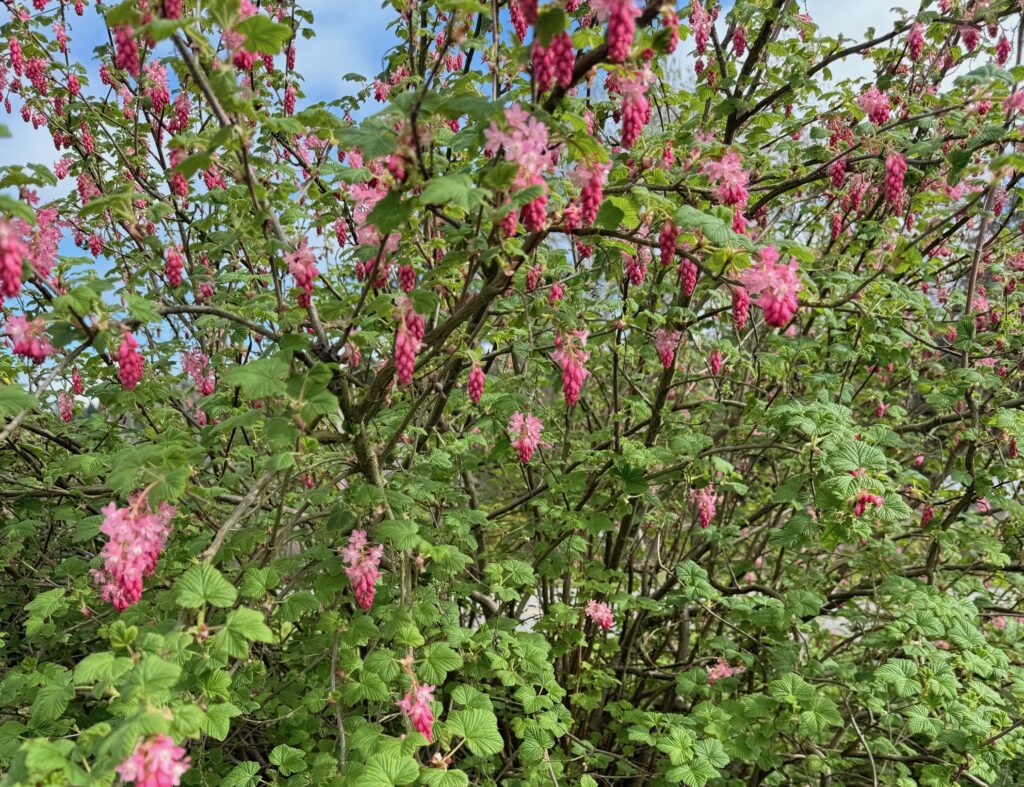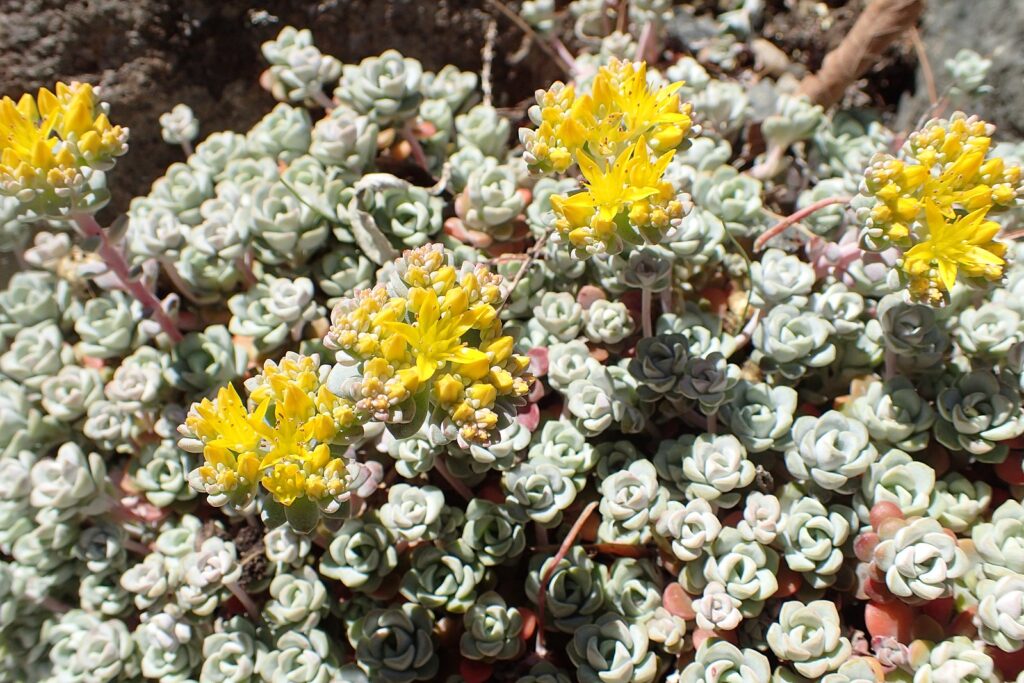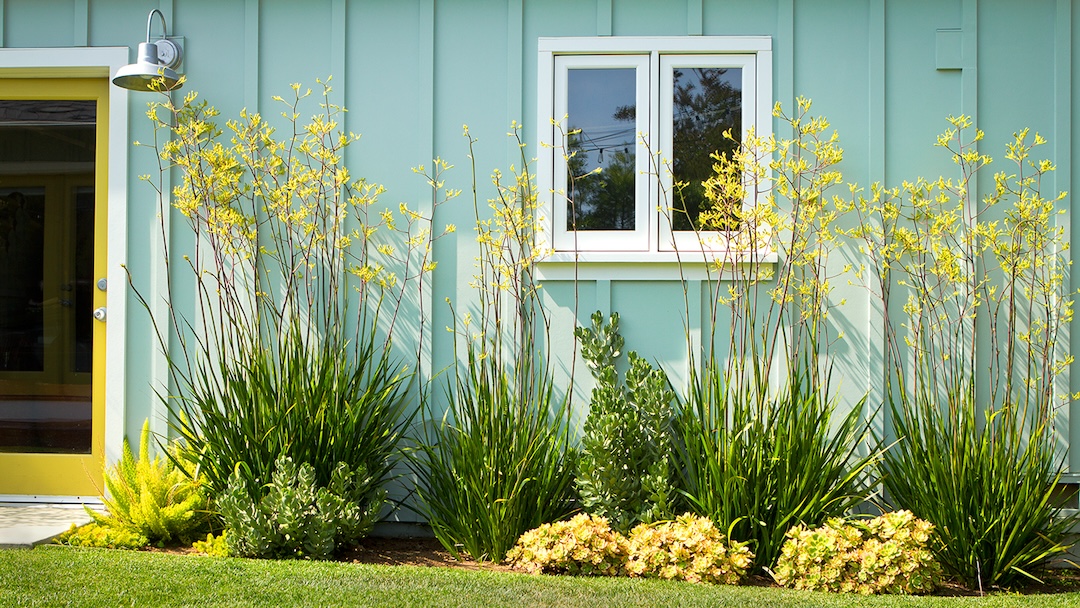If you’ve ever driven up along the coast and seen how the foliage changes ever so slightly from one town to the next, you may wonder if there are native plants that are common to the diverse landscapes of the west, stitching the land bordering the Pacific together. And yet there are several native species that thrive from Southern California all the way to the Pacific Northwest.
Native species require less water, are lower maintenance, and support the local wildlife. The following are examples of vibrant native plants, blooming at different times throughout the year.
Lupinus latifolius / Lupine

As beautiful purple flower stalks, these bloom mostly in Spring and bring bold texture to the garden. They appear similar to lavender and can thrive all along the west coast.
Mahonia aquifolium / Oregon Grapeholly

Sweet blossoms akin to daffodil, these also bloom in spring and create a bright yellow bit of sunshine in your yard. You will notice a perfect pop of gold offsetting the shiny green holly-like leaves.
Polystichum munitum / Western Sword Fern

For the green lush feeling of an evergreen forest, look no further than Polystichum munitum. A swirl of green blades make this plant a lovely choice for year round color.
Ribes sanguineum / Red Flowering Currant

Bright, beautiful stars of pink when they bloom, these currants look like delicate drooping grapes. These bloom in May and April, bringing a burst of color to your yard.
Sedum spathulifolium / Sedum

Lovely succulent-like plants with blossoming yellow flowers creates lush variation in your yard. These flowers bloom in late spring to early summer, seemingly mirroring the sun’s rays.



